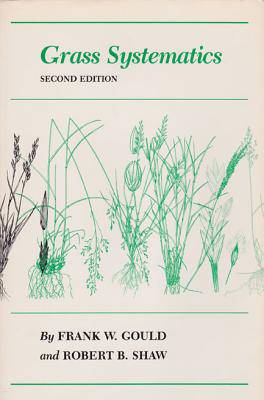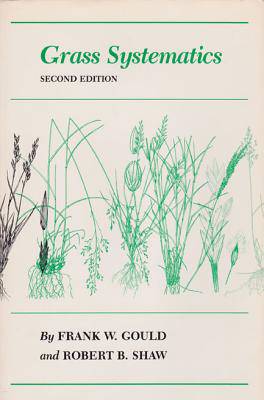
- Afhalen na 1 uur in een winkel met voorraad
- Gratis thuislevering in België vanaf € 30
- Ruim aanbod met 7 miljoen producten
- Afhalen na 1 uur in een winkel met voorraad
- Gratis thuislevering in België vanaf € 30
- Ruim aanbod met 7 miljoen producten
Zoeken
Omschrijving
First published in 1969, this book was originally designed to serve as a guide and source of information for undergraduate courses in agrostology. Experience has shown, however, that its documentation of facts, theories, and hypotheses and its literature citations also make it eminently suitable for graduate studies and systematic grass research. Principal emphasis has been placed on the structure and growth of the grass plant and on the characteristics of the grass genera of the United States. Discussion of tribes and subfamilies relates particularly to grasses of subtropical and temperate North America, but reference is also made to worldwide representatives of these groups. The listings of genera and higher taxa are in phylogenetic sequence, and the key to U.S. genera is based on the most readily observable characters of the inflorescence. Information has been brought up to date in this edition, and studies in biochemical development of grasses, C3 and C4 relationships, and taxonomy have been included to reflect changes in agrostology since the original edition was written.
Specificaties
Betrokkenen
- Auteur(s):
- Uitgeverij:
Inhoud
- Aantal bladzijden:
- 412
- Taal:
- Engels
Eigenschappen
- Productcode (EAN):
- 9780890961537
- Verschijningsdatum:
- 19/07/1983
- Uitvoering:
- Paperback
- Formaat:
- Trade paperback (VS)
- Afmetingen:
- 152 mm x 226 mm
- Gewicht:
- 566 g

Alleen bij Standaard Boekhandel
+ 80 punten op je klantenkaart van Standaard Boekhandel
Beoordelingen
We publiceren alleen reviews die voldoen aan de voorwaarden voor reviews. Bekijk onze voorwaarden voor reviews.











